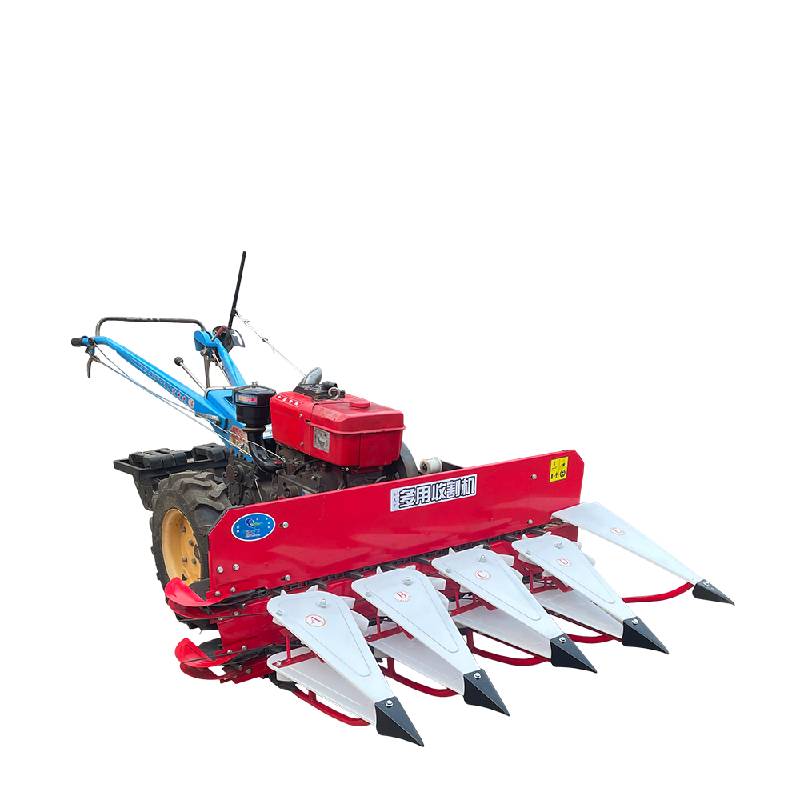Innovative Techniques for Efficient Hay Harvesting and Management Solutions
The Hay Harvester A Staple in Modern Agriculture
The agricultural landscape has long been shaped by innovations that enable farmers to maximize efficiency and yield. Among these innovations, the hay harvester stands out as a vital piece of machinery that transforms the process of harvesting forage crops. This article delves into the role of the hay harvester in modern agriculture, exploring its types, functionality, and impact on farming practices.
Evolution of Hay Harvesting
Historically, hay harvesting relied heavily on manual labor, involving workers using scythes to cut grass and then raking it into piles for drying. This labor-intensive process, while effective, was time-consuming and dictated by weather conditions. The advent of the hay harvester revolutionized this practice. Introduced in the 19th century, mechanical harvesters significantly reduced the time and effort required for hay production, giving rise to more efficient farming practices.
Types of Hay Harvesters
Today, various types of hay harvesters are available, catering to different farming needs. The most common types are mowers, mower conditioners, and forage harvesters.
1. Mowers These come in various forms, including drum mowers and disc mowers. Drum mowers use rotating blades to cut grass, while disc mowers utilize multiple rotating discs, offering greater cutting efficiency and adaptability to different terrains.
2. Mower Conditioners These machines not only cut grass but also condition it for quicker drying. They typically use rollers or tines to crush the stems, allowing moisture to escape and promoting faster drying, which is essential for high-quality hay.
hay harvester

3. Forage Harvesters Designed for larger operations, forage harvesters are used to chop green forage crops for silage. They efficiently gather, chop, and transport the material, making them ideal for extensive farming operations focused on animal feed.
Advantages of Using Hay Harvesters
The integration of hay harvesters into agricultural practices brings numerous advantages. Firstly, hay harvesters drastically reduce the time needed for harvesting. What once took days of manual labor can now be accomplished in hours, allowing farmers to focus on other essential tasks. Additionally, these machines improve the consistency and quality of the harvested hay. With controlled cutting and conditioning processes, farmers can produce hay that is less susceptible to spoilage and of higher nutritional value.
Moreover, the use of hay harvesters can lead to significant cost savings in the long run. Although the initial investment in machinery may be substantial, the increased efficiency and reduced labor costs often result in a favorable return on investment. Farmers can also cover more acreage, thus expanding their operations without a proportional increase in workforce.
Environmental Considerations
As with all machinery, the operation of hay harvesters comes with environmental considerations. While they enhance productivity, the use of fossil fuels and the potential for soil compaction are challenges that need addressing. However, ongoing advancements in technology are paving the way for more environmentally-friendly options, such as electric or hybrid models. These innovations aim to reduce the carbon footprint of farming practices while maintaining productivity.
Conclusion
In conclusion, the hay harvester is an indispensable tool that has reshaped the landscape of modern agriculture. With various types available to meet diverse farming needs, these machines enhance efficiency, reduce labor costs, and improve the overall quality of harvested forage. As technology continues to evolve, the future of hay harvesting promises even greater efficiency and sustainability, ensuring that farmers can meet the demands of an ever-growing global population while also taking care of the environment. The hay harvester is not just a tool; it is a cornerstone of agricultural innovation.
Latest news
-
When to Upgrade Your Old Forage HarvesterNewsJun.05,2025
-
One Forage Harvester for All Your NeedsNewsJun.05,2025
-
Mastering the Grass Reaper MachineNewsJun.05,2025
-
How Small Farms Make Full Use of Wheat ReaperNewsJun.05,2025
-
Harvesting Wheat the Easy Way: Use a Mini Tractor ReaperNewsJun.05,2025
-
Growing Demand for the Mini Tractor Reaper in AsiaNewsJun.05,2025
